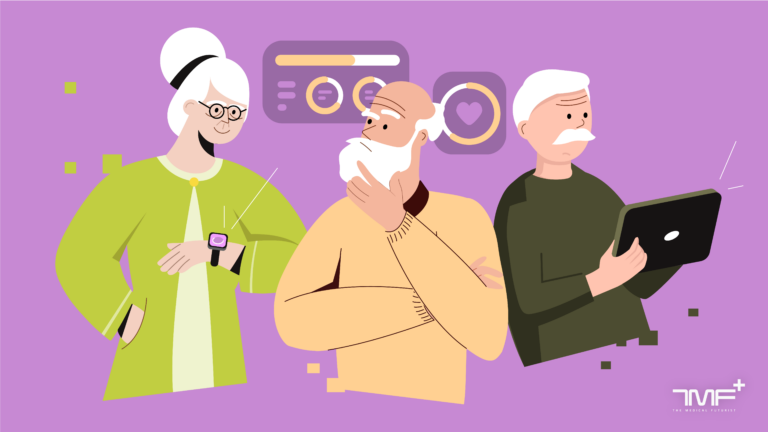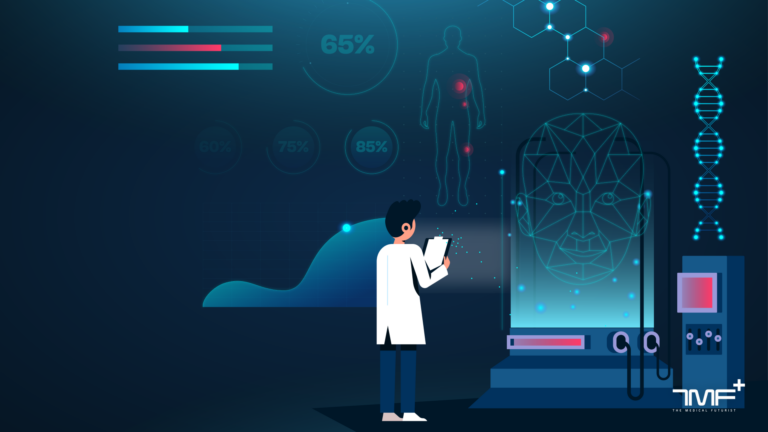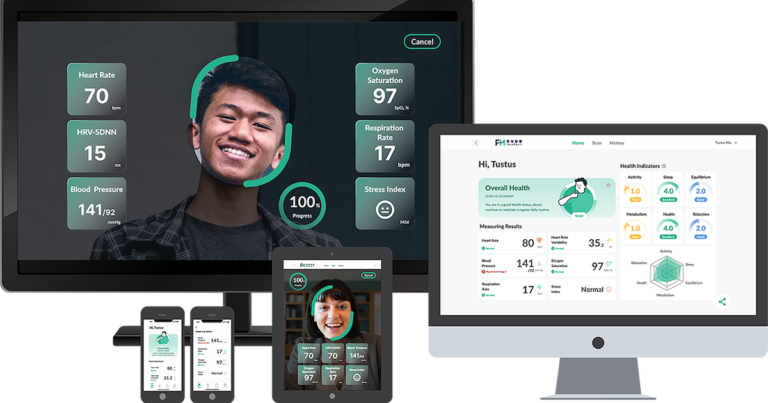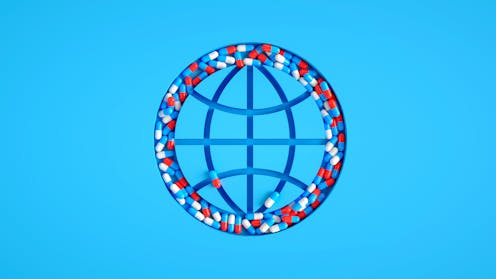The Medical Futurist – Read More
In medical practice, vital signs have traditionally focused on four primary measurements, namely body temperature, pulse rate, breathing rate and blood pressure. These measure the basic functions of one’s body, helping clinicians assess the general health and recovery progress of patients.
Recently, a new trend has emerged where artificial intelligence (AI)-based apps are detecting vital signs as well as possible illness indicators from patients’ faces alone. While this technology is only starting to become more prevalent, this trend might point to a future where one’s face serves as a vital sign indicator of its own.
In anticipation of such a scenario unfolding, we take a look at what the technology can currently do based on three recent examples, and the implications for future medical practice.
1. Determining patients’ prognosis
Due to individual variations in genetics and lifestyle choices, each person ages at a different rate. This is why someone’s looks might not correspond to their chronological age, and this is a factor in medical assessments as well. A patient’s appearance when they enter a doctor’s office impacts clinical decision-making, such as the risk-benefit ratio of certain procedures and the patient’s prognosis (the course of their medical condition). However, this visual assessment can be impaired by individual biases, thereby impacting objective care decisions.
New findings from a Mass General Brigham study indicate that AI technology could help in the process. Researchers at the institute developed FaceAges, an AI-based app trained on nearly 59,000 images of healthy individuals. It can discern subtle signs and patterns of ageing from facial cues.

They tested FaceAges on more than 6,000 cancer patients and found that those who appeared older than their actual age had a worse prognosis. Combining FaceAges with clinicians’ assessments even improved the latter’s accuracy at forecasting six-month survival.
“We can use artificial intelligence (AI) to estimate a person’s biological age from face pictures, and our study shows that information can be clinically meaningful,” said the study’s corresponding author Hugo Aerts, PhD, director of the Artificial Intelligence in Medicine (AIM) program at Mass General Brigham. “This work demonstrates that a photo like a simple selfie contains important information that could help to inform clinical decision-making and care plans for patients and clinicians.”
Despite its promise, FaceAges isn’t yet ready for use in a real-world clinical setting as it requires further testing.
2. Contactless vital signs monitor
Taking vital signs measurements usually involves a dedicated instrument such as a thermometer or blood pressure cuff that comes into contact with the patient’s body. This can be a cause for discomfort and limited access to crucial information.
PanopticAI offers a solution that does not require specialised instrument or contact with the patient. With the power of AI, their Vitals app turns regular devices with a camera into real-time biomarker scanners. By using the camera of the device it is running on, its algorithm analyses colour changes in the face’s skin to measure vital signs.

Such a solution negates the need for individual, specialised equipment, thereby expanding access to vital signs monitoring. It has already been adopted across healthcare institutions in Hong Kong as well as by multinational health insurer Bupa.
“Traditional vital sign monitoring wearables are often costly and uncomfortable, leading to poor adherence,” said Chibo Tang, managing partner of Gobi Partners, a financial backer of the company. “PanopticAI’s FDA-cleared app, however, makes monitoring your vital signs as easy as using your smartphone, empowering patients to become active participants in their own health care journeys.”
The company’s app has even been FDA-cleared for contactless pulse rate measurement, and expects approvals for other measurements in the future. However, PanopticAI Vitals app does come with a disclaimer that it is not intended as the only method to assess a patient’s physical health; and that its insights should complement, rather than replace, professional care.
3. Respiratory rate analyser
Respiratory rate refers to the number of breaths a person takes per minute. For adults at rest, the normal rate is usually between 12-18 breaths per minute. A respiratory rate that goes above or below this range can be indicative of an underlying health condition.
Taiwan-based’s FaceHeart recently received FDA clearance for the respiratory rate measurement component of its tool. By using a device’s camera, the underlying AI can monitor this vital sign from the user’s face. It demonstrated consistent deviations within ±2 breaths per minute across devices.

In addition to respiratory rate, the AI-based software can capture and monitor a range of biometric signs such as heart rate, respiratory rate, blood pressure, oxygen saturation, and heart rate variability, within 50 seconds. It achieves this with a combination of computer vision, remote photoplethysmography (rPPG) and deep learning.
FaceHeart also received FDA approval for the heart rate component in 2023. It is shaping up to become another contactless vital signs monitor leveraging the face as a source.
Is the face the future of vital signs analysis?
As these recent examples indicate, AI-based facial analysis can provide a wealth of vital patient information that can aid in clinical decision-making. In recent years, similar technologies have been used to detect strokes and classify skin conditions. The regulatory approval of some facial analysis software further highlights the potential of such tools to make vital signs monitoring more accessible, less invasive and more personalised.
Nevertheless, their widespread adoption is contingent on their acceptance by the medical and patient community. With a focus on facial scans, people might be more concerned about the privacy implications compared to traditional vital signs monitoring means. Furthermore, adequate safeguards need to be in place to prevent misinterpretation or misuse of facial data beyond their intended use.
While there is undeniable potential in using the face as a source to monitor vital signs with AI, regulators and stakeholders might need to take a look at the proverbial mirror and gauge the adequacy of resources and guardrails available before putting the technology in practice.
Written by Dr. Bertalan Meskó & Dr. Pranavsingh Dhunnoo
The post 3 Ways AI Can Detect Vital Signs From Your Face appeared first on The Medical Futurist.





